
Emotional regulation isn’t about “staying calm”. It’s about experiencing the full range of emotions while still staying in control when we face big feelings, which can be a challenge for many with ADHD. In this episode, I break down emotional regulation into a powerful, practical pyramid that offers skills at each "level" : body-based, skill-based, and thought-based tools.
If you’ve ever been told to “just calm down” during a moment of high emotion, you already know how useless that advice is. Emotional regulation isn’t about suppressing feelings or being quiet and it's not a "choice" we make.
In fact, I've worked with plenty of people who are seen as "calm and collected" when they're actually quietly shutting down and struggling to function due to emotional overwhelm. We can't always see emotional dysregulation in others!
Regulating our emotions means we can experience the full range of our emotions without getting hijacked by them. For people with ADHD, this is often one of the hardest and most misunderstood challenges that we face.
My Pyramid Approach to Emotional Regulation
I use a tool with my clients to help them manage big emotions: the Emotional Regulation Pyramid.
This three-level framework helps us identify what tools are needed depending on how overwhelmed we feel. If they we're relatively calm, we can choose tools from all 3 layers of the pyramid. If we're about to blow or shutting down? Choosing a strategy from the base of the pyramid is the way to go!
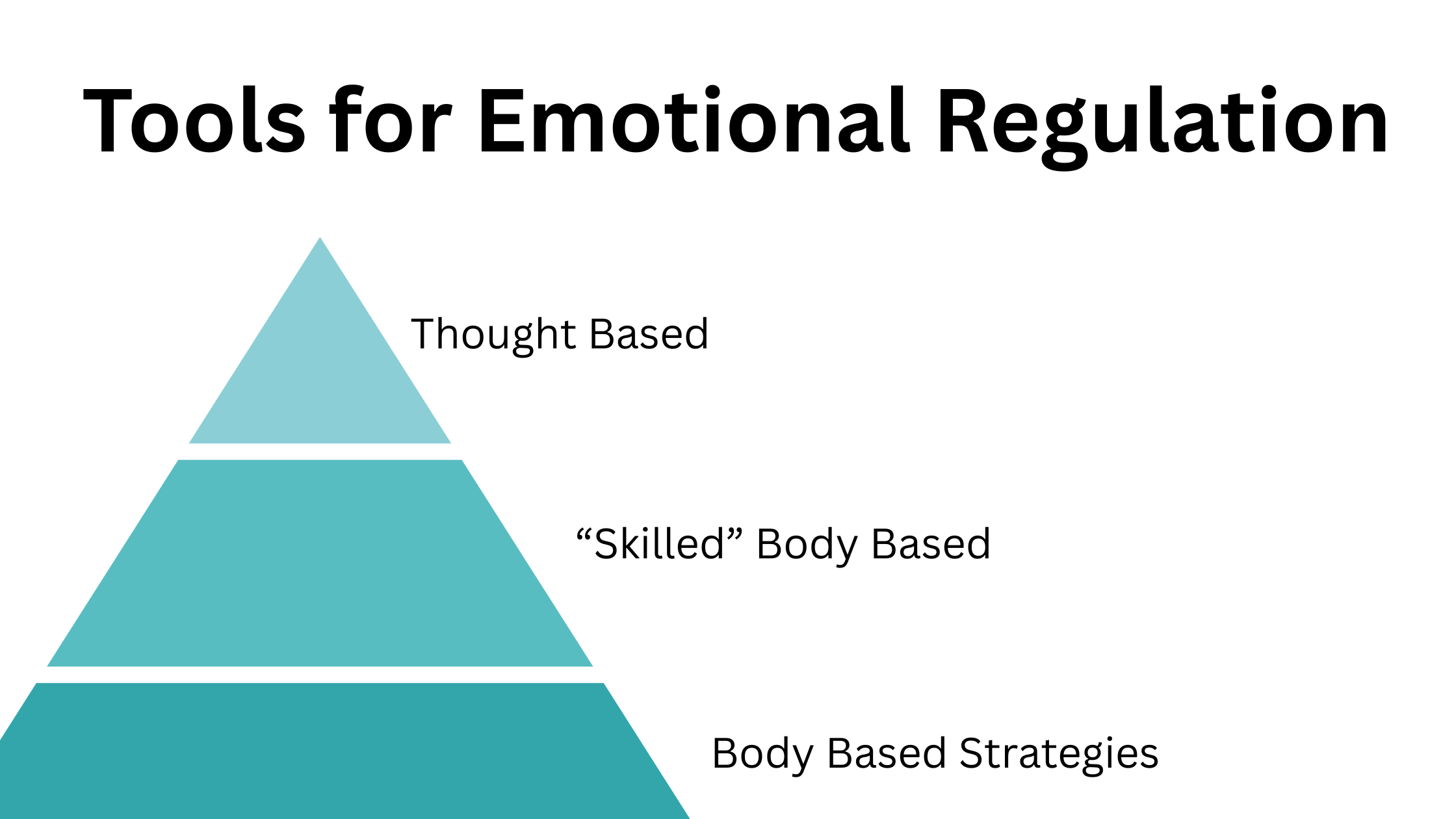
Here's a quick overview:
1. Body-Based Strategies (Bottom of the Pyramid):
These are immediate, physical tools that require no mental effort.
Examples:
- Rocking, squeezing a stress ball, walking
- Proprioception (pushing/pulling, joint compression)
- Ice water “diving reflex” trick
Why it matters: When your nervous system is overloaded, you can’t think clearly—and these tools help bring you back to baseline.
2. Skill-Based Strategies (Middle of the Pyramid):
These require practice but are powerful. That means there can be a little friction when using them, especially if we're new to the strategies.
Examples:
- Action-based mindfulness (e.g., mindful walking or dishwashing)
- Paired sensory + breathing techniques
Many people with ADHD feel like mindfulness or breathing don't work for them—and they may not if they haven't been adapted to their brain style. The key is making these engaging and accessible--and of course, practice!
3. Thought-Based Strategies (Top of the Pyramid):
The most advanced level. Requires you to already be calm-ish.
Examples:
- Cognitive reappraisal
- Naming emotions
- Thought reframing
When you’re regulated enough to think, these strategies can help you stay that way. But don’t start here—start from the bottom when you're dysregulated.
Final Thoughts
ADHD-friendly emotional regulation isn’t one-size-fits-all. You need tools from every level of the pyramid to build real emotional resilience. And remember—it’s not about never getting upset. It’s about building the skills you need to return to yourself when you do.
Need more support ?
I can help.





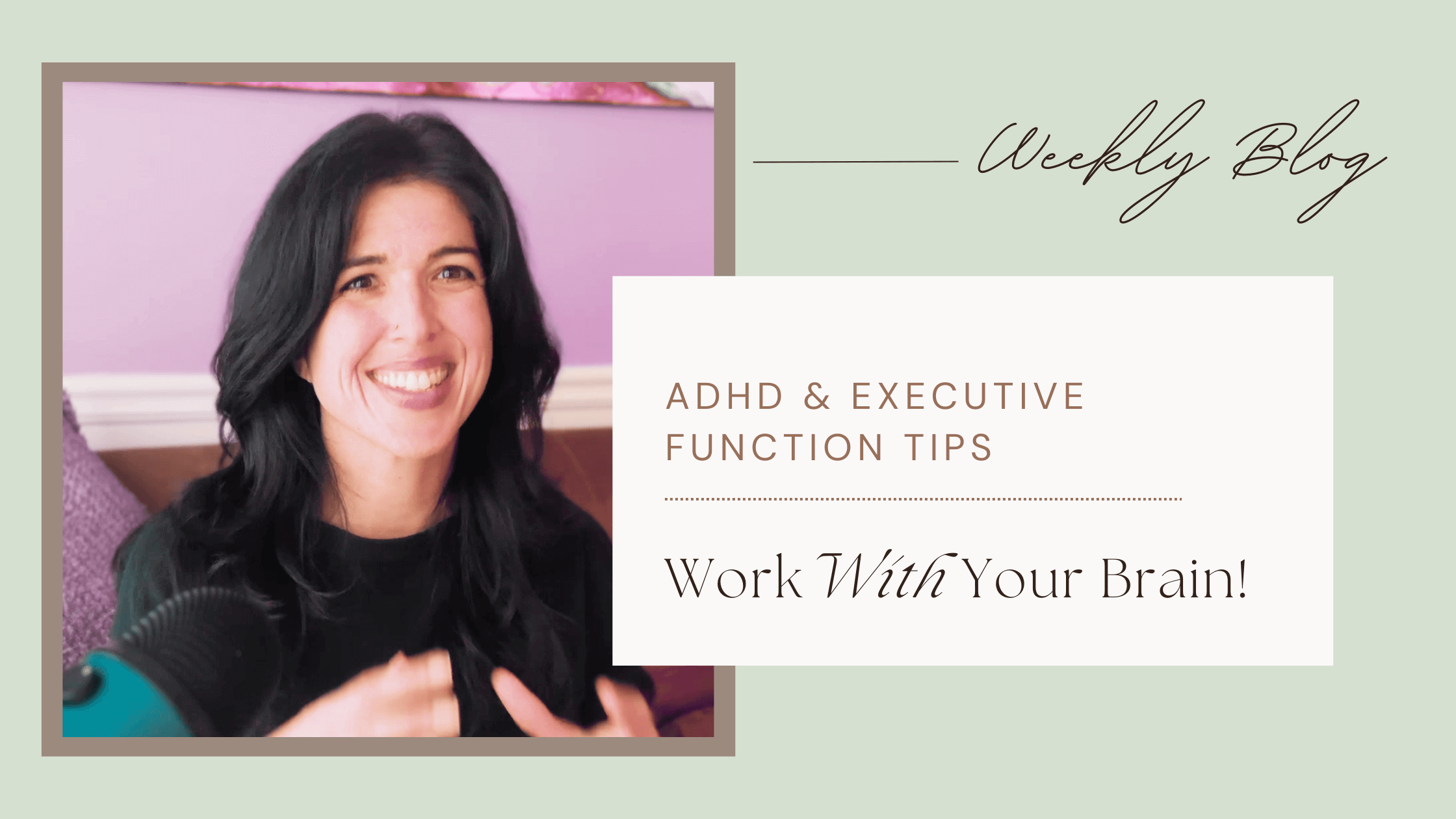

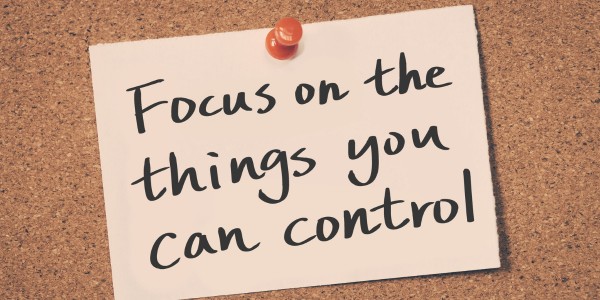




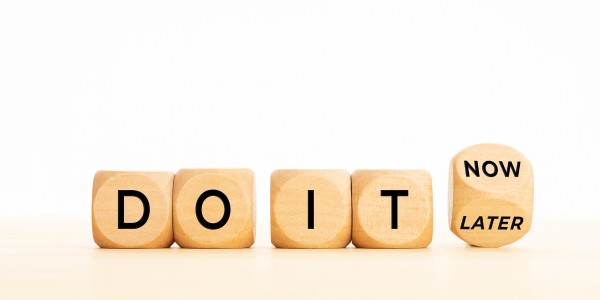

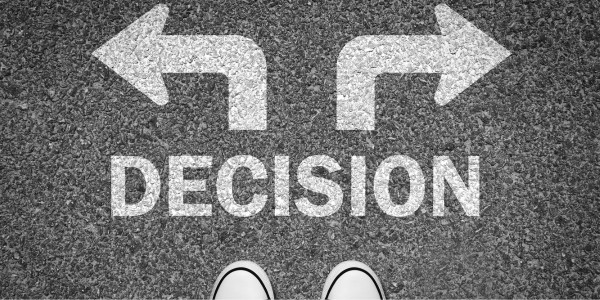




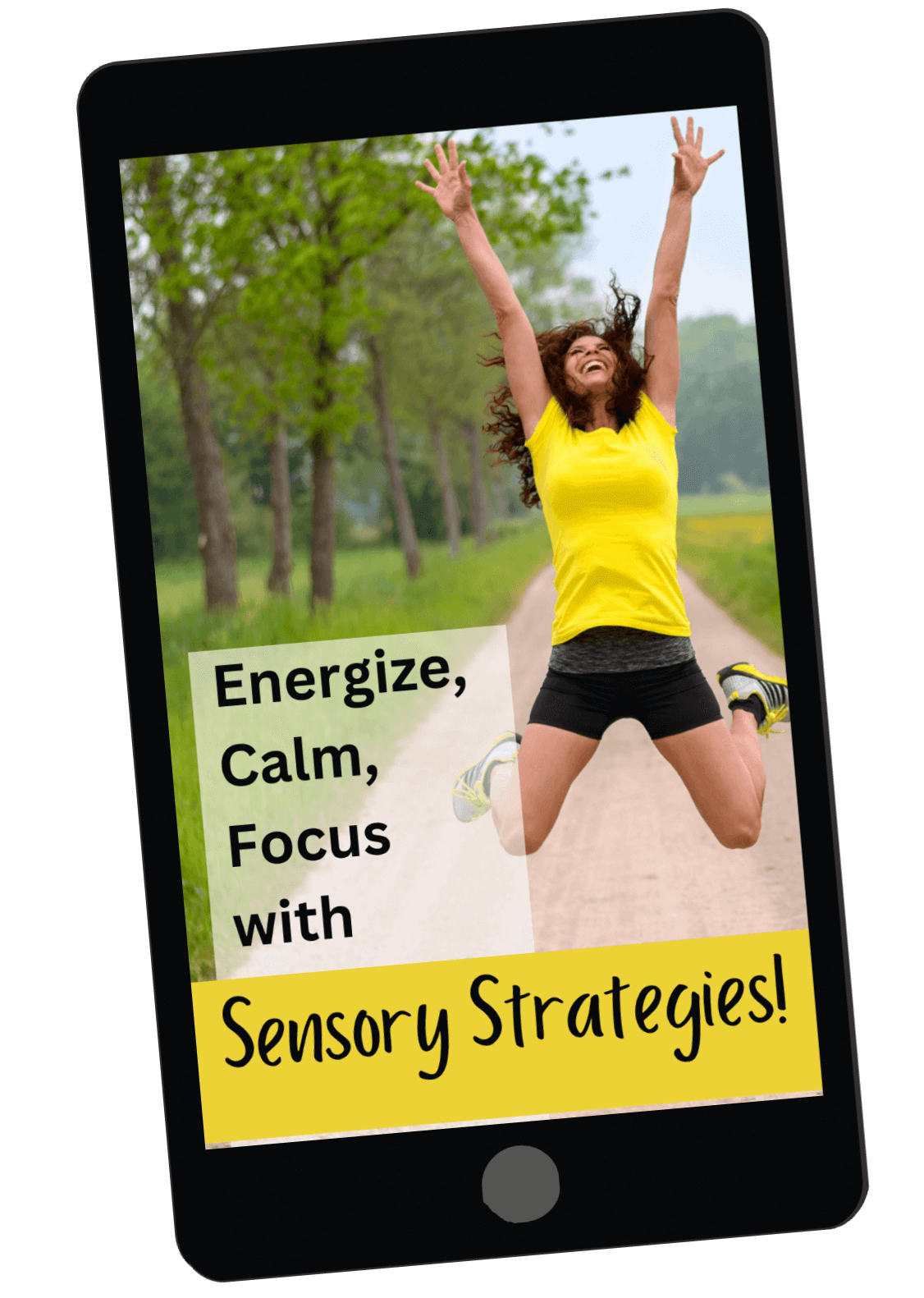
0 Comments